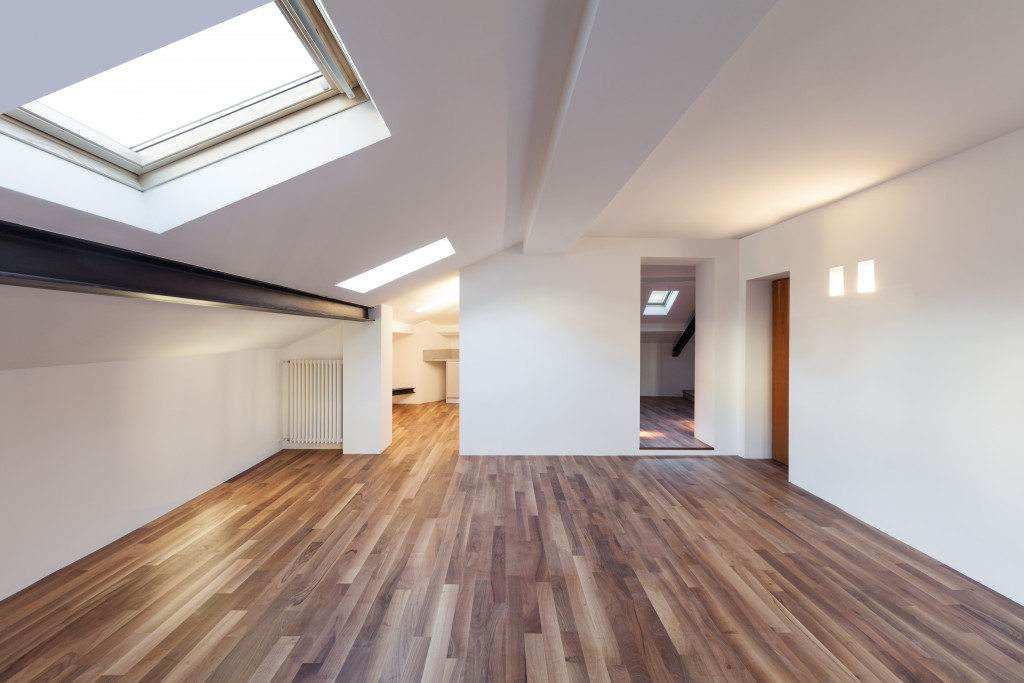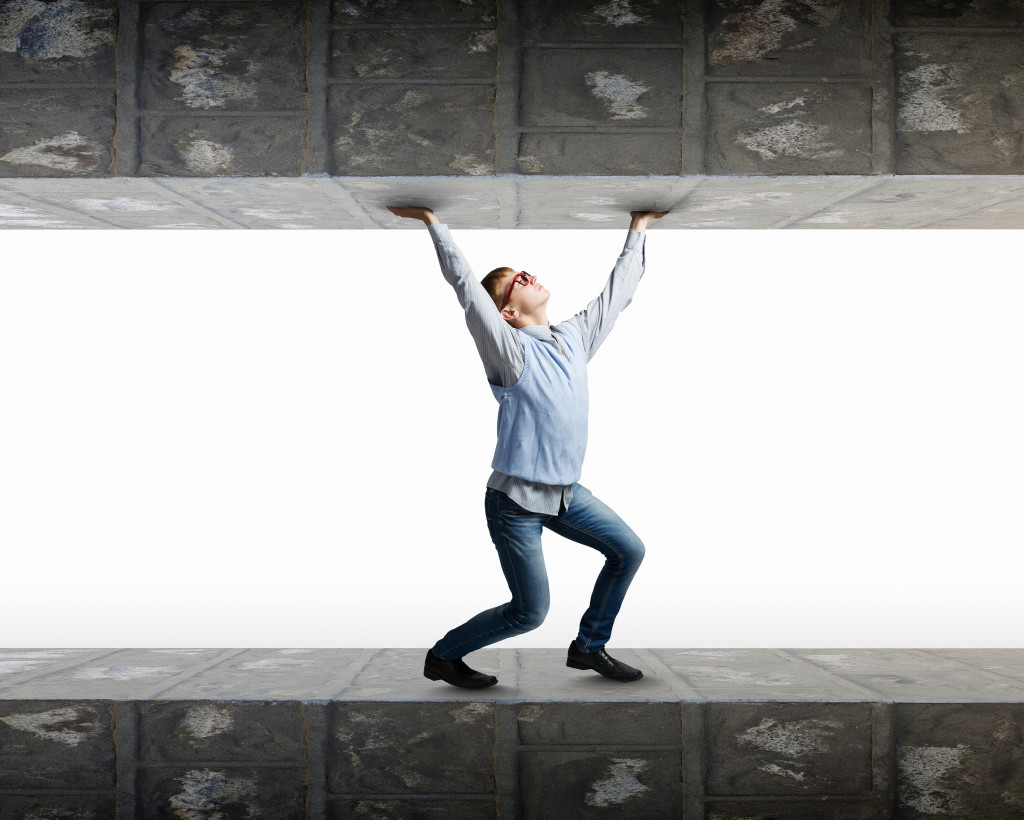- Claustrophobia is a fear of confined spaces triggered by various factors in a home.
- Limited natural light, excess furniture, poor ventilation, and small spaces can contribute to feelings of claustrophobia.
- Renovation options like building a patio or installing skylights can help alleviate these feelings.
- Decluttering and incorporating plants can also make your home more open and comfortable.
- Understanding and addressing the reasons for home claustrophobia can lead to a more welcoming and relaxing environment.
You’d want to return to the comfort of your home after a long day of work. It is where you start and end your day. However, sometimes you feel confined or trapped in your own space. This feeling of claustrophobia can be overwhelming and can affect your mood and daily life. If you, too, have been experiencing this feeling, you have come to the right place.
What is Claustrophobia?
First, it’s essential to understand what we mean by claustrophobia. Claustrophobia is an anxiety disorder in which a person experiences intense fear in enclosed or confined spaces, such as elevators, airplanes, and other oppressive places. When exposed to these environments, people with this condition may experience shortness of breath, rapid heartbeat, and nausea.
Common Reasons for Claustrophobia in Your Home
There are various reasons you might feel claustrophobic at home. Here are some of them:

Limited Natural Light
One of the main reasons you might feel claustrophobic in your home is the lack of natural light. If you have small windows or heavy curtains blocking sunlight from entering your space, you are not getting enough vitamin D, leading to seasonal depression. Make sure to incorporate natural light in your living space.
Too Much Furniture
Too much furniture and a cluttered space can also make you feel claustrophobic in your home. This makes every room or area feel cramped. Also, excess furniture can block natural light and create a stuffy atmosphere. Consider minimalism and remove unwanted items in your home.
Lack of Ventilation
If your home lacks proper ventilation, it can build up stale air, humidity, and foul odors. Unpleasant smells make the space stuffy and uncomfortable. If possible, create ample ventilation by introducing air purifiers and exhaust fans and opening windows.
Small Rooms
One of the most common physical reasons for claustrophobia is small living spaces. Living in a small space can feel and look restricting. But with proper planning and creativity, small rooms can also be cozy and functional. Consider multipurpose furniture, arranging furniture, and installing mirrors for an illusion of space.
Drapes and Curtains
As pretty as drapes and curtains are, they can trap dust and pollens, creating an unhealthy home environment. Ensure that your curtains and drapes are washed regularly. Dusty curtains can create an unhealthy home environment and increase your risk of sinusitis and respiratory infections.
Renovation Options to Deal With Claustrophobia
Thankfully, there are some renovation options you can do to reduce claustrophobia. Here are four of them:
Patio
Increasing your backyard space is one of the best ways to reduce claustrophobia. Patios are perfect for hosting friends and family, outdoor meals, or a space to relax. Even a small patio will make your home feel more spacious and comfortable. If you want to build a patio, you’ll need paving slabs. Indian paving slabs are the best option if you want something unique and affordable. You can contact your local Indian paving slab experts to install it. They have the necessary equipment and expertise to do it.

Skylight Windows
Skylights are excellent choices if you have limited natural light indoors. They are fantastic solutions, especially if you live in an apartment building without access to a backyard or outdoor space. Skylights let in a lot of natural light, making homes look bigger and brighter.
Get Rid of Excess Furniture
It might be time for a spring cleaning session if you feel claustrophobic due to excess furniture. Put unnecessary items in storage or donate them. This will make your home feel lighter and more open. You’ll also enjoy the sense of accomplishment from getting rid of things you don’t need.
Green Walls and Plants
Incorporating plants into your space will improve air quality and create a calming atmosphere. Living walls are an excellent way to add texture, color, and life to your home. These green walls can be self-sustaining or require minimal maintenance.
Having a home should be a place of comfort, not one that feels like an oppressive prison. With the right renovations and practices, you can reduce your claustrophobic feelings in your space. Start by understanding why you feel this way, then work on solutions that make sense. Incorporating natural light and air circulation are good places to start reducing the feeling of suffocation. Start with small changes and work your way up from there. With time, you can create a home that feels like an inviting oasis.

